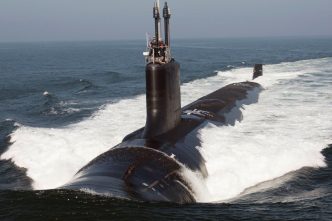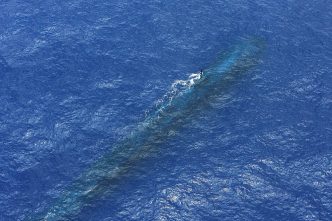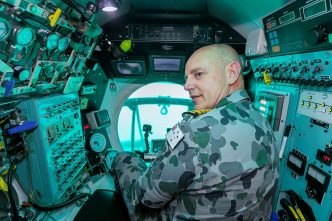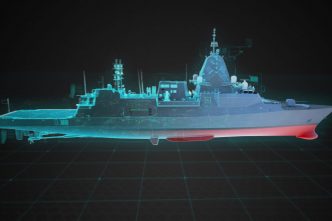What, exactly, is Australia’s intended fleet of nuclear-powered submarines supposed to do? It’s reasonable to ask the question, because the government has not spelled out the roles of the vessels. Nonetheless, the answer is clear. …
The AUKUS pact promises to provide Australia with the first of its nuclear-powered submarines (SSNs) in the 2030s. But how will those boats, and the AUKUS SSNs to be delivered in the 2040s, fare in …
India and Australia have an interest in addressing subsurface challenges in their shared maritime domain. As they and other countries in the region grow their submarine fleets, there’s a critical need to develop underwater search …
On the night of 31 May 1942, my grandfather was a young boy hiding under the kitchen table as Sydney went into a panic. The Pacific War, a distant thought to many Sydneysiders, had come …
In 2009, Australia’s government decided that it would replace eight Anzac-class frigates with nine ships optimised for antisubmarine warfare (ASW). There was no justification in the Royal Australian Navy capstone doctrine for acquiring and optimising …






